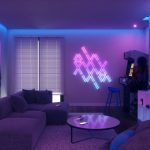Relieve Headaches with LED Light: Which Color Works Best?
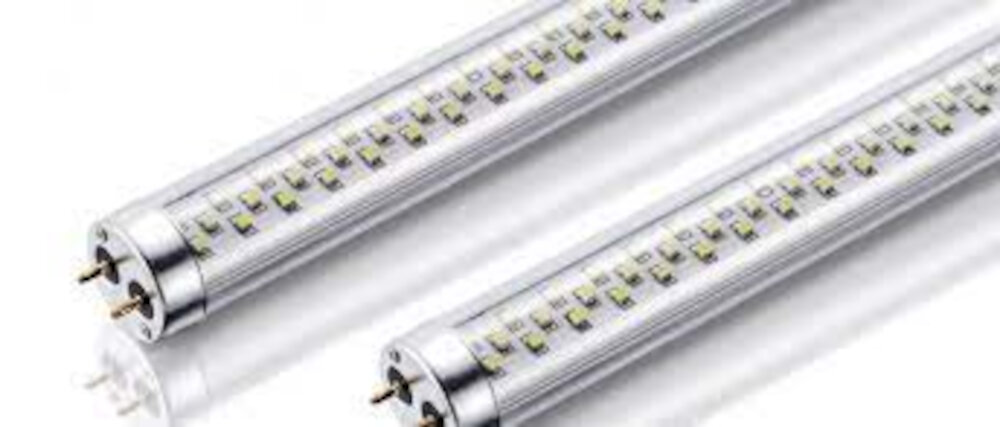
Headaches are an extremely common ailment that affects millions of people worldwide. They can range from a mild, nagging pain to a debilitating migraine that can render a person unable to function. While there are many remedies available for headaches, some people are turning to LED light therapy as a natural and effective way to relieve their symptoms. LED light therapy involves exposing the skin to different colors of light, each with its unique properties and benefits. But the question remains, which color of LED light works best for relieving headaches?Red, blue, green, and yellow are among the most commonly used LED light colors for headache relief. Each color has a different wavelength and frequency, which can affect the body in different ways. Some colors are believed to be more effective than others when it comes to relieving headaches. In this article, we will explore the benefits of LED light therapy for headaches, the different colors of light available, and which color works best for relieving this common ailment.
Headaches, also known as cephalalgia, are a common health issue experienced by people from all walks of life. Headaches can be caused by several factors, including stress, dehydration, poor posture, lack of sleep, anxiety, or even genetics. Migraine headaches are often associated with auras, which are visual disturbances that occur before the headache. Tension headaches are the most common type of headache, and they are caused by muscle tension in the head, neck, and shoulders. Sinus headaches are caused by inflammation of the sinuses, and they are often accompanied by congestion and pressure in the forehead and cheeks. Cluster headaches are the most severe type of headache, and they are characterized by intense pain around one eye. Understanding the different types of headaches and their causes is crucial for finding the most effective treatment.
How LED Light Therapy Works
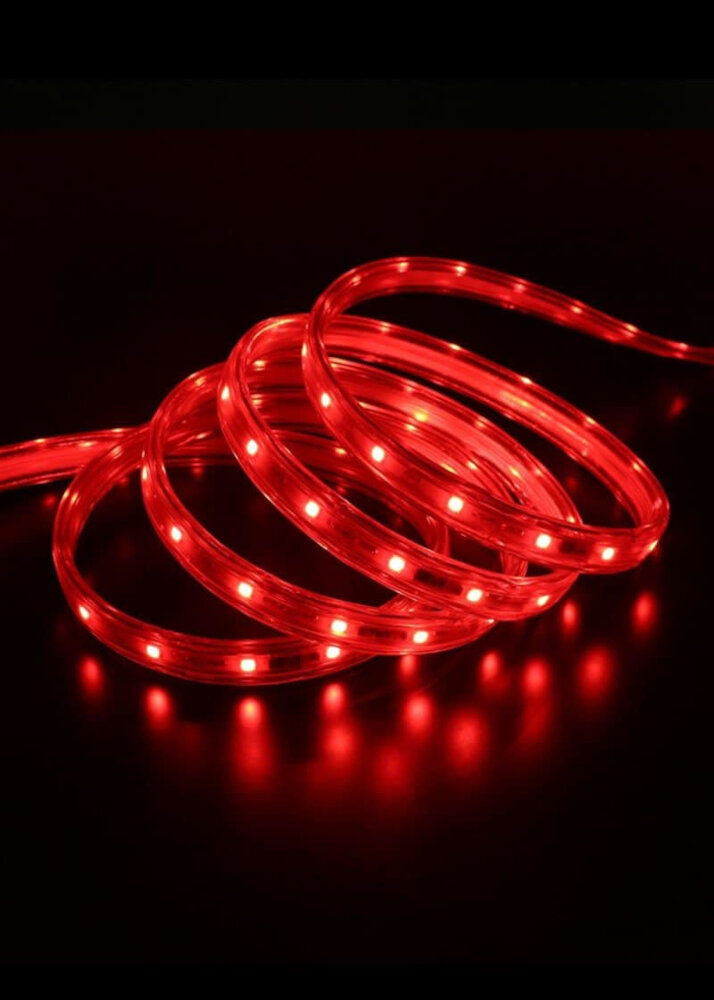
LED light therapy works by using specific wavelengths of light to penetrate the skin and stimulate cellular activity. The therapy is often used in the treatment of a variety of conditions, including headaches, depression, and skin disorders. The therapy involves the use of light-emitting diodes (LEDs) that emit light at specific wavelengths. When the light is absorbed by the skin, it triggers a natural cellular response that can help to reduce inflammation, increase circulation, and promote healing. In the case of headaches, LED light therapy can be especially effective. The therapy works by stimulating the production of endorphins, which are natural painkillers that can help to alleviate headache pain. Additionally, LED light therapy can help to reduce muscle tension in the neck and shoulders, which can often contribute to headaches. By targeting specific areas of the head and neck with different colors of light, LED light therapy can be tailored to each individual’s specific needs, providing a safe and effective alternative to traditional headache treatments.
LED light therapy is a non-invasive treatment that utilizes light-emitting diodes to stimulate cellular activity and rejuvenate the skin. The therapy involves the use of different colored lights, each with their own unique wavelengths that penetrate the skin at different depths. Red light therapy, for example, has been shown to increase circulation and reduce inflammation, making it effective for treating headaches. Blue light therapy, on the other hand, has antibacterial properties that can help clear up acne and other skin conditions. LED light therapy is a safe and effective treatment that can be used to improve skin health, reduce pain and inflammation, and promote overall wellness.
LED light therapy is a non-invasive treatment that uses specific wavelengths of light to stimulate the body’s natural healing process. When it comes to relieving headaches, blue and green LED lights have been shown to be the most effective. Blue light has a calming effect on the body and helps to reduce inflammation, which can ease the pain associated with tension headaches. Green light, on the other hand, has been shown to improve mood and reduce stress levels, which can also help to alleviate headache symptoms. LED light therapy is a safe and natural alternative to medication and can be used in conjunction with other treatments to provide relief from chronic headaches.
The Science of Colors
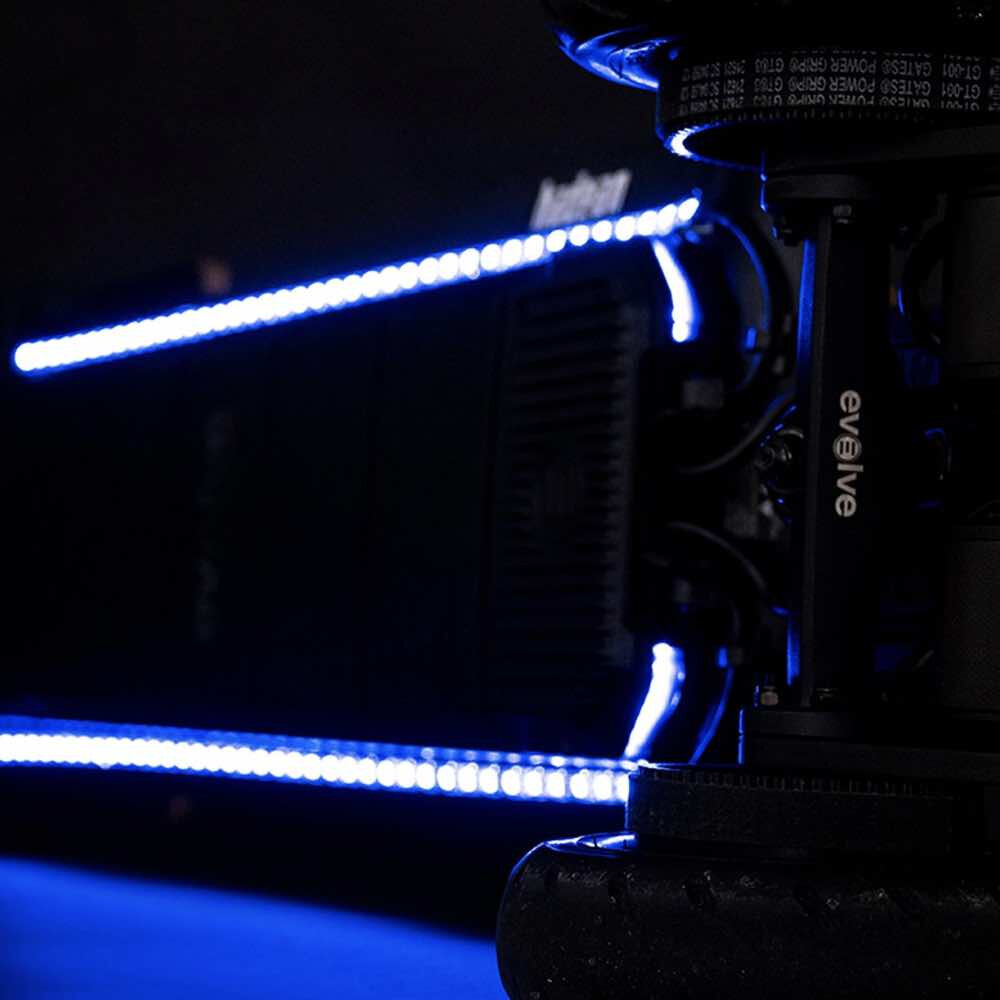
The science of colors is a fascinating subject that encompasses various fields such as physics, biology, and psychology. The colors we see are a result of the reflection and absorption of light by objects around us. The visible spectrum of light consists of different wavelengths, each corresponding to a different color. Colors have the power to influence our mood, emotions, and even our physical well-being. For instance, certain colors are believed to have a calming effect on the mind, while others can stimulate and energize us. Understanding the science of colors can help us harness their potential to enhance our lives. When it comes to relieving headaches, the color of light can play a crucial role. Research has shown that blue and green light can be particularly effective in reducing the intensity and duration of headaches. This is because these colors have a calming effect on the nervous system, which can help reduce the tension and inflammation that often accompany headaches. In contrast, red light is known to stimulate the brain and can exacerbate headaches in some cases. Therefore, choosing the right color of light can make a significant difference in managing headaches and promoting overall well-being.
LED lights come in a variety of colors, each with its own unique effects on the body. Blue light, for example, is known for its ability to improve attention and alertness, making it an excellent choice for those who need to stay focused and alert during the day. Red light, on the other hand, has been shown to have a calming effect on the body, making it ideal for those who suffer from anxiety or stress. Green light is thought to promote relaxation and balance, while yellow light is believed to have a brightening effect on the mood. Overall, the color of the LED light you choose can have a significant impact on your overall well-being and mood, so it’s essential to choose the right color for your specific needs.
Studies have shown that specific colors can be used to relieve headaches. Blue light, for example, has been found to help reduce migraines and tension headaches by relaxing the body and reducing inflammation. Green light has also been shown to have a calming effect on the body, which can help reduce stress-related headaches. Meanwhile, red light has been found to stimulate circulation and reduce muscle tension, making it effective for headaches caused by poor blood flow or muscle strain. LED lights that allow you to switch between these colors can be a useful tool in managing headache symptoms. By using the right color at the right time, you can help alleviate pain and promote relaxation in a natural and non-invasive way.
Which Color Works Best?
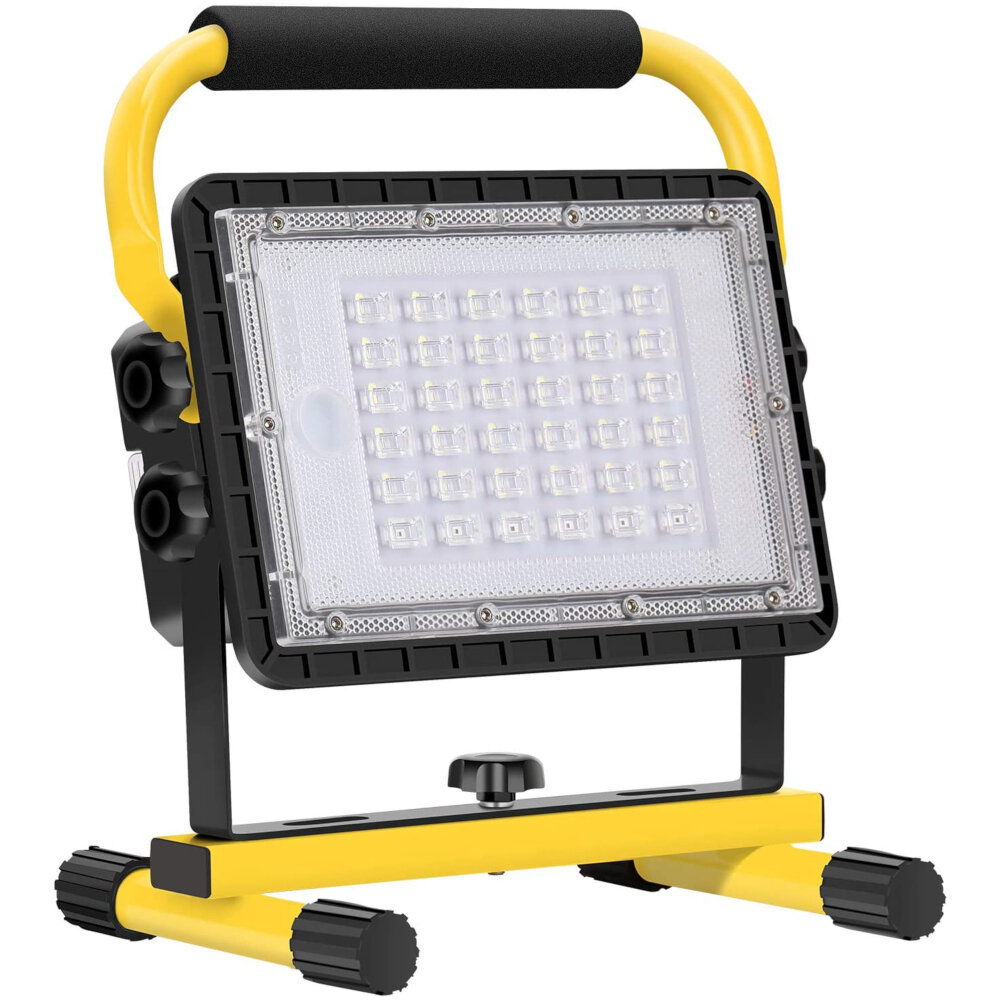
When it comes to using LED lights to relieve headaches, the color of the light can play a crucial role. Different colors have different effects on our bodies and minds, and therefore, choosing the right color can greatly enhance the effectiveness of LED light therapy. Among all the colors, blue and green are considered the best for relieving headaches. Blue light has a calming effect on the brain and can help reduce stress and anxiety. It also stimulates the production of serotonin, a neurotransmitter that helps regulate mood, sleep, and appetite. Green light, on the other hand, is known for its soothing and relaxing properties. It can help reduce muscle tension, inflammation, and pain and promote a sense of calmness and tranquility. However, it is worth mentioning that the effectiveness of the color may vary from person to person. Some people may find blue light more effective in relieving headaches, while others may respond better to green light. Therefore, it is important to experiment with different colors and find the one that works best for you. It is also crucial to use LED lights that emit a consistent and uniform color as variations in color can affect the therapy’s effectiveness. Overall, incorporating LED light therapy with the right color can be an effective and natural way to relieve headaches and promote overall well-being.
Different colors have different effects on the human mind and body, and this is true when it comes to relieving headaches as well. Blue light has been found to be effective in reducing migraines and tension headaches by calming down the nervous system. Green light has a similar effect, as it is known to have a soothing and relaxing effect on the mind and body. Red light, on the other hand, is not recommended for headache relief, as it can actually exacerbate the pain and discomfort. Overall, the effectiveness of different colors in relieving headaches can vary depending on the individual and the type of headache, but blue and green lights are generally considered to be the most effective.
Research studies are essential to help people understand the efficacy of various treatments and interventions. In the case of headache relief, LED lights have been studied to investigate which color works best. Based on the findings, blue and green LED lights have been proven to be effective in reducing headache symptoms. These colors have a calming effect on the nervous system and can help to alleviate pain and discomfort. This research provides valuable insight into alternative methods for managing headaches and can help to improve overall quality of life for those who suffer from this condition.
When it comes to selecting the best color to alleviate headaches, blue and green are excellent choices. Blue light has been shown to help with migraines, as it can reduce the intensity of the pain and provide a calming effect. Green light, on the other hand, is known to reduce tension headaches by relaxing the muscles and easing stress. It’s essential to note that the intensity of the light also plays a crucial role. So, it’s recommended to choose LED lights with adjustable brightness levels to avoid triggering headaches. Overall, incorporating blue and green LED lights into your daily routine can help relieve headaches and improve your overall well-being.
How to Use LED Lights for Headache Relief
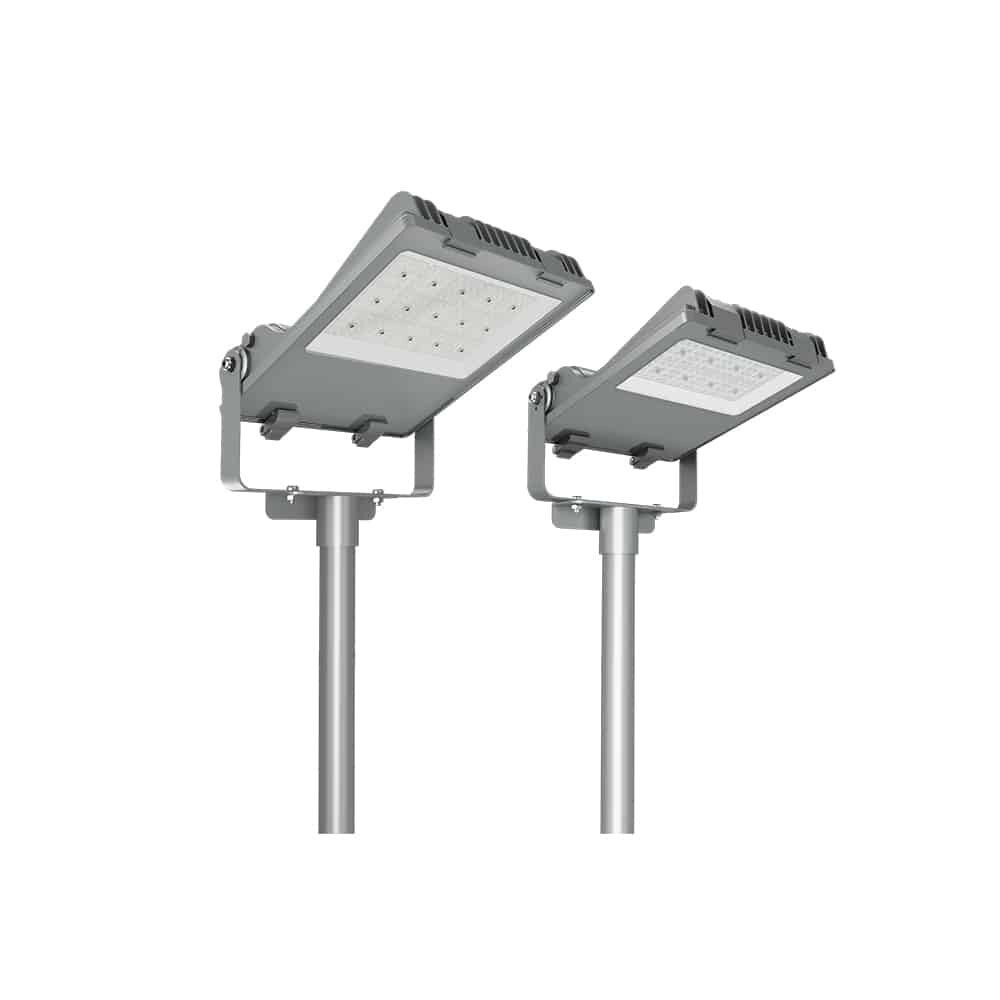
Headaches can be an extremely painful and debilitating condition that affects millions of people worldwide. While there are many different methods for treating headaches, one of the most effective and innovative ways to relieve headache pain is through the use of LED lights. In recent years, LED lights have become increasingly popular as a natural and non-invasive remedy for headaches. The key to using LED lights for headache relief is to understand how different colors affect the brain and body. When it comes to using LED lights for headache relief, the color of the light is crucial. Different colors of light have different wavelengths, which can have a profound effect on the brain and body. For example, blue light has a short wavelength, which means it can penetrate deep into the brain and stimulate the production of serotonin, a hormone that helps to regulate mood and reduce pain. On the other hand, red light has a longer wavelength, which means it can stimulate the production of endorphins, the body’s natural painkillers. By understanding the effects of different colors of light, you can choose the best LED light for your particular type of headache, whether it’s a tension headache, migraine, or cluster headache.
To use LED lights for headache relief, start by selecting the appropriate color. Blue light is known for its calming and soothing properties, making it an excellent choice for tension headaches. Green light can help alleviate migraine symptoms by reducing sensitivity to light and minimizing pain. Red light is best used for sinus headaches as it can help reduce inflammation and open up congested sinuses. Once you have chosen the color of light, find a quiet and dark room to relax in. Sit comfortably and turn on the LED light, allowing it to shine on your face for 15-20 minutes. It is important to avoid looking directly into the light to prevent eye strain. Use this technique regularly to help reduce the frequency and severity of headaches.
When using LED lights to relieve headaches, it is important to take certain safety precautions. First, make sure to use lights that are specifically designed for this purpose and have been tested for safety. When using the lights, avoid staring directly at them for prolonged periods of time, as this can cause eye strain and discomfort. It is also important to use the lights in a well-ventilated area to prevent overheating and ensure proper air circulation. Additionally, never leave the lights unattended while they are in use, and always turn them off and unplug them when you are finished. By taking these simple safety precautions, you can enjoy the benefits of LED light therapy for headaches while minimizing any potential risks.
When it comes to relieving headaches with LED light therapy, there are a few tips for achieving the best results. First, it’s important to select the right color of LED light. Blue light has been shown to be effective in treating migraines, while green light can help with tension headaches. Additionally, it’s important to use the LED light consistently and for an appropriate amount of time, typically around 20-30 minutes per session. It’s also helpful to use the LED light in a quiet, dark environment to avoid any potential distractions. Finally, it’s important to consult with a healthcare professional before starting any new treatments for headaches, including LED light therapy. By following these tips, individuals can potentially find relief from their headaches through the use of LED light therapy.
LED light therapy is a non-invasive and drug-free approach to relieve headaches. It works by stimulating certain points on the body with different colors of light, which can help reduce inflammation, increase blood flow, and relax muscles. Studies have shown that green light therapy can be effective in reducing the severity and frequency of migraines, while blue light therapy can help with tension headaches. Red light therapy has also been found to be effective in reducing pain and inflammation associated with chronic headaches. LED light therapy is a safe and natural alternative to traditional headache treatments, and can be used alone or in combination with other therapies for maximum relief. With its numerous benefits, LED light therapy is a promising option for those seeking relief from persistent headaches.
In conclusion, the best color to use for relieving headaches with LED light is subjective and varies from person to person. It is recommended to experiment with different colors such as blue, green, and amber to find the most effective color for individual needs. Additionally, it is important to consider the brightness and duration of exposure to the selected color. While LED light can be a helpful tool in alleviating headaches, it is not a substitute for medical treatment or advice from a healthcare professional.
If you suffer from frequent headaches, LED light therapy may provide the relief you need. This non-invasive treatment uses different colors of light to penetrate the skin and stimulate healing in targeted areas. Blue light can reduce inflammation and pain, while green light can improve circulation and soothe tense muscles. Yellow light can help to calm the mind and reduce stress, while red light can increase blood flow and promote healing. LED light therapy is a safe and effective way to treat headaches without the need for medication or invasive procedures. Give it a try and experience the benefits for yourself!
Conclusion
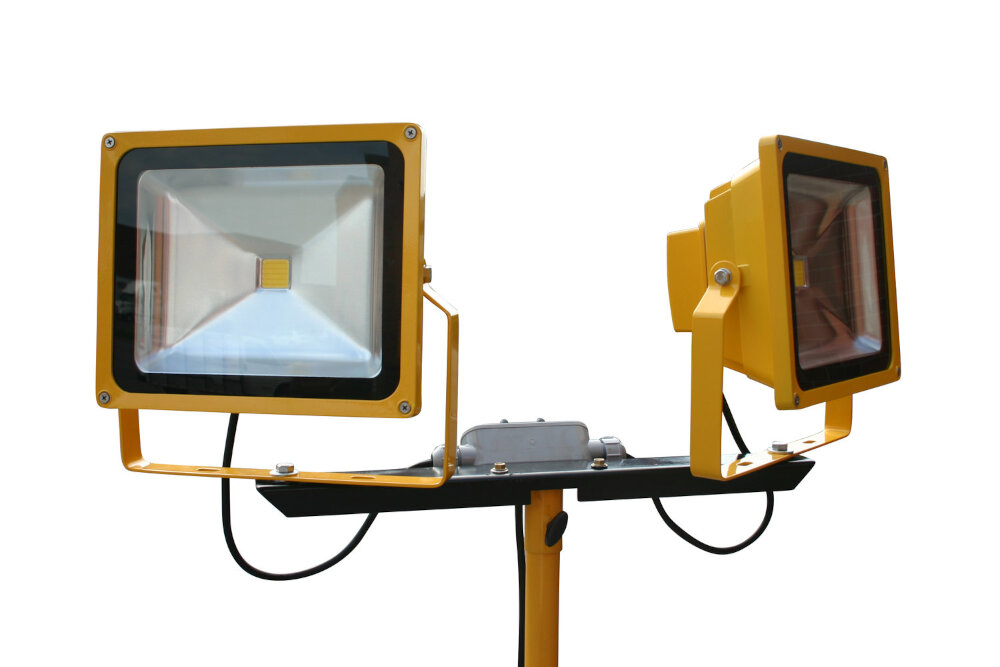
In conclusion, LED light therapy has shown promising results in relieving headaches. While all colors of LED lights have shown some level of effectiveness, research suggests that blue and green lights may be the most effective in reducing the intensity and frequency of headaches. However, it is important to note that individual responses to LED light therapy may vary, and it is always recommended to consult with a healthcare professional before trying any new form of treatment. With further research and development, LED light therapy could potentially provide a safe and non-invasive alternative for those who suffer from chronic headaches.



